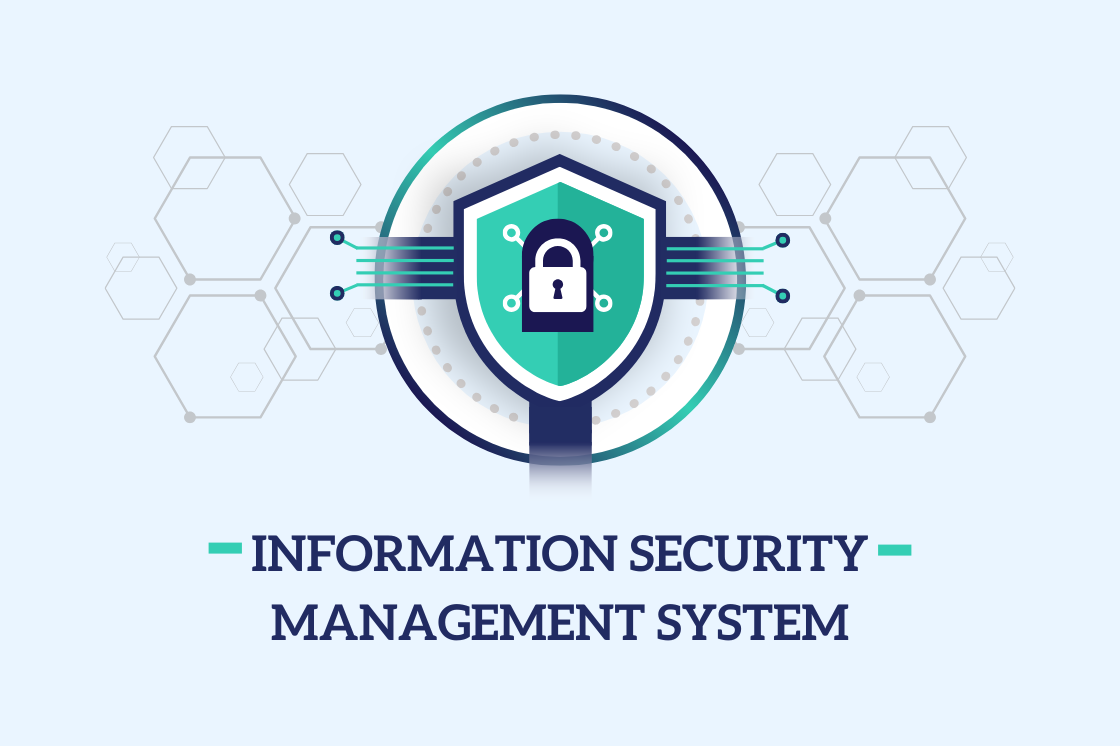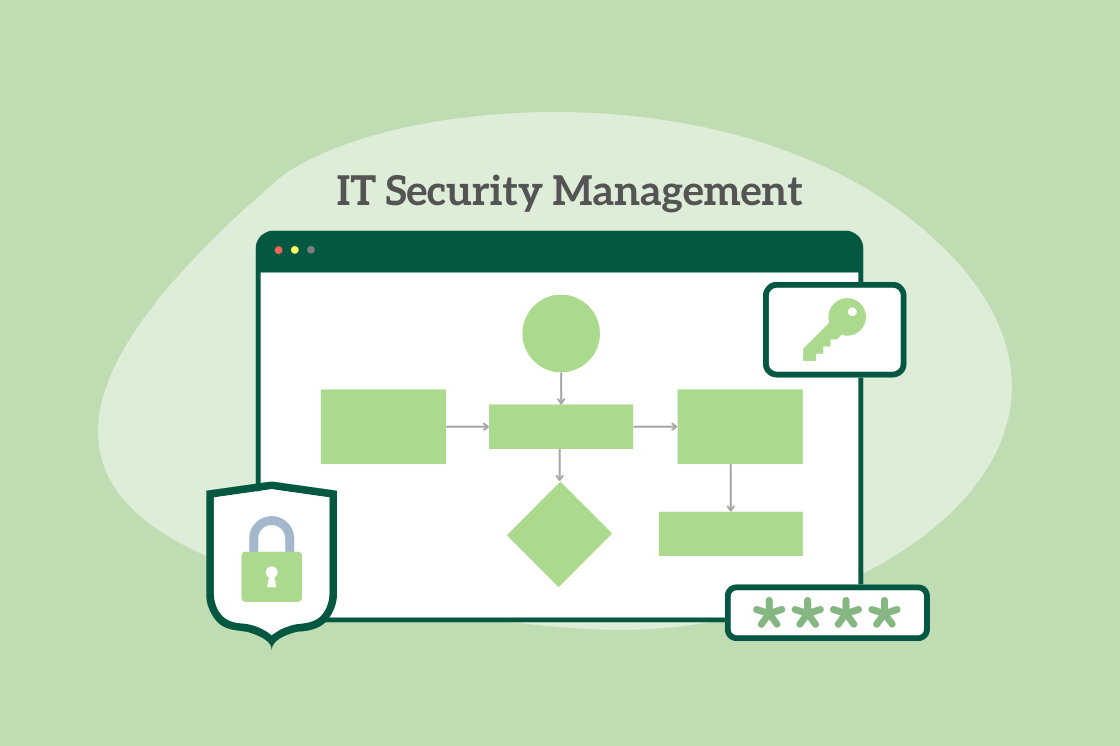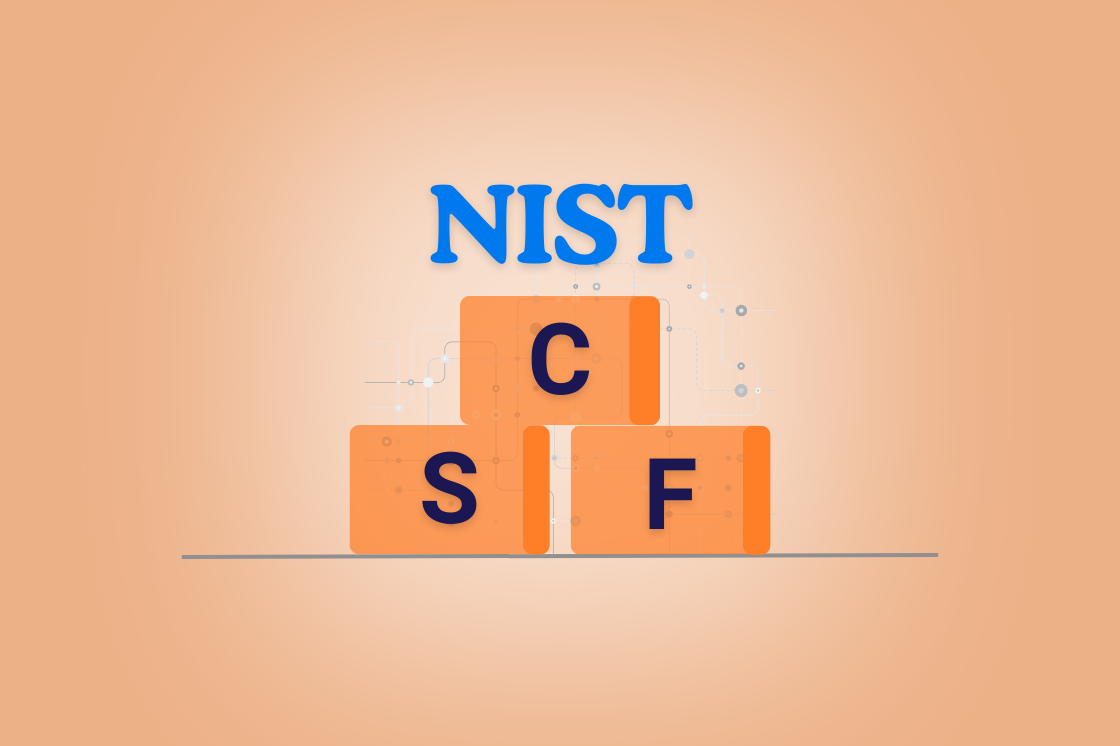The Synergy Between Information Security and Risk Management
IT organizations face a constantly evolving array of security threats. To stay ahead of this threat landscape, it is imperative to prioritize and respond effectively to risks. Integrating your Information Security and Risk Management processes is essential for safeguarding your assets and mitigating the financial and operational impact of data breaches.
The rise in Digital Transformation initiatives has led to more businesses adopting digital operating models, thereby increasing their reliance on information technology systems.
Whether you’re selling products online, managing private customer data, or using systems internally, you cannot afford to become a victim of a cyber attack.
Simply put, your business runs on Information Technology and you can't afford to be without it!
There are many risks associated with managing IT systems. These risks can lead to financial, reputational, legal, regulatory, and operational consequences. Several examples of these risks include:
- Cybersecurity Threats: These include malware, ransomware, phishing, and various other attacks that can compromise sensitive data, disrupt operations, and lead to significant financial costs
- Regulatory Violations: Failing to comply with industry regulations (e.g., GDPR, HIPAA) can result in legal penalties, fines, and damage to reputation.
- Data Breach Notifications: In the event of a data breach, organizations may be legally obligated to notify affected parties, which can incur costs and impact public perception.
- System Downtime: Unplanned outages due to hardware failures, software bugs, or other issues can disrupt business operations and lead to revenue loss.
- Data Loss: Accidental deletion, corruption, or inadequate backup can lead to loss of critical business data.
- Vendor / 3rd Party Vulnerabilities: Relying on third-party vendors for software, services, or infrastructure can expose the organization to security risks if those vendors are compromised.
- Technical Debt: Relying on outdated technology can expose organizations to security vulnerabilities and compliance issues.
- Natural Disasters: Events such as floods, earthquakes, or fires can physically damage IT infrastructure, leading to data loss and system downtime.
Understanding Risk Management
Risk management is a critical component of any organization’s overall strategy. It involves identifying, assessing, and mitigating potential risks that could impact the organization’s assets, reputation, and financial stability.
Effective risk management helps organizations make informed decisions, avoid costly mistakes, and minimize losses. By proactively managing risk, organizations can protect their sensitive data and systems from attacks, ensuring business continuity and resilience.
This proactive approach is essential for safeguarding an organization’s sensitive data and systems from potential threats.
Not all Risks are Equal
Regardless of size, companies have finite financial, human, and technological resources.
When evaluating how to address IT related risks, it is essential to prioritize which risks need to be mitigated, which can be accepted, and how to implement effective risk mitigation strategies.
Developing specific strategies to address prioritized risks, such as using firewalls, encryption, and multi-factor authentication, is crucial for protecting vital assets.
For example, a marketing website that does not store or track Personally Identifiable Information (PII) poses a lower risk than a healthcare system managing HIPAA (Health Insurance Portability and Accountability Act) data, which is subject to stringent privacy requirements and severe penalties for non-compliance.
That is where IT Service Management comes in!
Mitigating Risk Through ITSM Processes
IT Service Management (ITSM) is the de facto standard for managing modern IT organizations, and virtually every ITSM process contributes to security and risk management.
For example, Incident Management is critical for effective security incident response.
The integration of Service Validation and Testing, Release Management, and Change Management ensures that software is tested for vulnerabilities, assessed for risks, and released in a controlled manner, minimizing disruptions.
Service Continuity Management ensures you have a fallback plan, while Supplier Management identifies vendor risks and vulnerabilities.
As Captain America once said, "I can do this all day"!
As a Service Management Hero, the most powerful tool at your disposal is the integration of ITSM Information Security and Risk Management processes.
Information security risk assessments play a crucial role in identifying and evaluating risks. They are essential for maintaining regulatory compliance, safeguarding customer data, and fostering trust, especially in highly regulated industries such as healthcare and financial services.
This synergy not only enhances your organization's security posture but also ensures that potential risks are proactively managed, enabling seamless service delivery.
Let’s examine each of the ITSM Information Security and Risk Management processes in more detail.
Understanding ITSM Risk Management
ITSM Risk Management is a subset of an organization's overall Enterprise Risk Management (ERM) program. While it is often separated due to its highly technical nature, it must be integrated to avoid a siloed approach to risk identification, assessment, prioritization, and response.
The goal of ITSM Risk Management is to identify, assess, prioritize, mitigate and monitor the multitude of risks facing the IT organization. This works hand-in-hand with information security management, which is essential for identifying and mitigating potential security threats.
It does this while building a risk aware culture and training employees on their role in minimizing risk.
There are many best practice frameworks that can help build a risk management framework.
The NIST (National Institute of Standards and Technology) Framework for Risk Management, specifically known as the NIST Risk Management Framework (RMF), is a great resource. It is also well integrated into the NIST Cybersecurity Framework.
Navvia has also developed an ITSM Risk Management process, reach out if you would like to learn more.
Developing a Risk Management Strategy
Developing a risk management strategy involves several key steps:
- Identifying the Organization’s Risk Tolerance: Understanding how much risk the organization is willing to accept is crucial. This involves defining risk capacity, risk appetite, and risk tolerance levels.
- Identifying Potential Risks: This step involves identifying all possible risks that could impact the organization. This includes both internal and external risks.
- Assessing and Analyzing the Risks: Each identified risk is assessed for its likelihood and potential impact. The results are then analyzed to determine the overall risk posture.
- Implementing Controls and Strategies: Based on the assessment and analysis, appropriate controls and strategies are implemented to mitigate the risks. This can include technical solutions, policy changes, and training programs.
- Implementing the Risk Management Process: Risk management is not a one-time task and must be sustained by a continuous process.
The risk management strategy should be aligned with the organization’s overall goals and objectives. It should be regularly reviewed and updated to ensure its effectiveness.
By developing a robust risk management strategy, and through the implementation and governance of a risk management process, organizations can minimize the likelihood and impact of potential risks, ensuring the continuity of business operations.
The Risk Management Process
The risk management process consists of several crucial steps: creating a risk framework and culture, identifying risks, assessing risks, responding to and mitigating risks, monitoring and reporting risks, and documenting and reviewing risks.
- Establish Risk Framework and Culture: The process begins by selecting a framework (e.g., NIST RMF). Next, roles and responsibilities are established for the process owner, risk manager, risk owner, and risk analyst. Executive management defines risk capacity (the amount of risk the organization can assume), risk appetite (their willingness to take risks), and risk tolerance for various areas. Finally, policies and procedures are defined, and communication and training plans are implemented.
- Risk Identification and Assessment: This step involves identifying potential risks that could impact the organization. Information about risks is collected from various sources, including stakeholders, incident reports, audits, security testing, and external industry data. Each risk is assessed for likelihood and impact, then assigned a priority. Risks are assigned to a risk owner and tracked in the risk register.
- Risk Response and Mitigation: Risk response plans are developed and implemented, which may include risk avoidance (eliminating the risk), risk reduction (implementing controls to lessen the risk), risk transfer (assigning to another party, e.g., insurance), or risk acceptance. A post-implementation review is conducted to capture lessons learned. The risk register is updated and status communicated to stakeholders.
- Risk Monitoring and Reporting: This involves the ongoing monitoring of risks to ensure the risk register accurately reflects the risk landscape, that KPIs are reviewed, and stakeholders are kept informed through reports, dashboards, meetings, and regular updates.
- Risk Documentation and Review: This activity supports continuous improvement of the process by ensuring risk documentation is properly maintained and that policies and procedures are reviewed for effectiveness and updated as needed.
Click to learn more about the ITSM Risk Management Process.
Exploring ITSM Information Security Management
In many ways, ITSM Information Security Management serves as the execution arm of the ITSM Risk Management process. This is where specific technologies, policies, procedures, and controls are implemented to ensure a robust security posture.
Documenting current security measures is a foundational step in developing an information security management system (ISMS). By understanding existing assets and protections, organizations can better evaluate risks and identify best practices that may be lacking, which can enhance their overall security posture.
The goal of IT Security Management is to preserve the confidentiality, integrity, and availability of information, effectively supporting the organization's overall objectives and ensuring the resilience of its digital assets.
Summary of ITSM Information Security Management
- Establishing a Security Management Framework: This includes selecting an appropriate Information Security Management System (ISMS), such as NIST CSF or ISO 27001, establishing roles and responsibilities, developing policies and procedures, implementing a governance function, and providing security training and awareness programs.
- Risk Management and Assessment: Continuously identify, evaluate, and mitigate security threats by conducting periodic internal and third-party penetration tests and vulnerability scans. Implement technical solutions (e.g., firewalls, encryption) alongside administrative and physical controls to reduce risks. Additionally, establish a strong connection to ITSM Risk Management to effectively identify, assess, prioritize, and mitigate risks.
- Identity and Access Management: Ensure that only authorized users have access and control by implementing measures such as multi-factor authentication, Role-Based Access Control (RBAC), the principle of least privilege, user lifecycle management, and access reviews and audits.
- Network and Endpoint Security: Protect infrastructure and devices from vulnerabilities and threats. Implement measures to detect, prevent, and respond to malicious software by deploying and managing firewalls, intrusion detection and prevention systems (IDPS), endpoint protection, patching systems, hardening configurations, segmenting networks, encrypting communications, and continuous network monitoring.
- Protection Against Malware: Implement measures to detect, prevent, and respond to malicious software by deploying comprehensive antivirus, anti-malware, and endpoint protection platforms across all devices. Enable automated virus scanning and updates, implement email and web filtering, utilize Data Loss Prevention (DLP) strategies, and conduct simulated phishing attacks.
- Incident Response and Monitoring: Develop processes for proactively handling security incidents and monitoring systems by implementing SIEM (Security Information and Event Management). Create incident response plans that include forensic analysis, maintaining a chain of custody, notifying affected parties, and coordinating with external entities such as cybersecurity experts and law enforcement.
- Data Protection and Privacy: Data protection and privacy focus on establishing and enforcing policies aligned with privacy standards (e.g. GDPR, CCPA, and HIPAA). This includes implementing role-based access controls, encrypting data at rest and in transit, and conducting Data Privacy Impact Assessments (DPIAs) to identify risks. Clear guidelines for data categorization, retention, and secure disposal help prevent unauthorized recovery. Continuous monitoring and auditing of data usage using tools like SIEM systems ensure compliance with privacy standards.
- Training and Awareness: This involves developing a comprehensive IT security training program that covers essential topics such as password management, data protection, and phishing recognition, tailored to various roles in the organization. Regular training sessions keep employees informed about the latest threats and best practices, while simulated attacks provide practical experience in identifying and countering threats. Additionally, making IT security resources easily accessible empowers employees to educate themselves, and regularly evaluating and updating training materials ensures relevance in addressing new security challenges.
Click to learn more about the ITSM Information Security Management Process.
The Synergy between ITSM Information Security and Risk Management
ITSM Risk Management provides a systematic approach to identifying, mitigating, and tracking risks, while ITSM Information Security Management focuses on the practical implementation of robust security practices. The two work hand-in-hand.
Some organizations prefer to embed risk management practices within their ITSM Information Security Management processes, while others view ITSM Risk Management as a subset of a larger risk management program.
Either way, there are strong synergies between the two, including:
- Shared Objectives: Both processes aim to protect organizational assets and maintain service quality while ensuring regulatory compliance.
- Holistic Risk Assessment: Integrating both practices provides a comprehensive view of risks, identifying security threats and other operational risks effectively.
- Coordinated Incident Response: Risk Management informs Security Management about potential risks that may lead to incidents, while security incident analysis enhances risk response strategies.
- Unified Policies and Procedures: Combining both practices leads to the development of clear, consistent policies and procedures that address risks and security threats comprehensively.
- Ongoing Monitoring and Improvement: Continuous monitoring allows for the identification of new risks and the assessment of the effectiveness of controls, fostering a culture of improvement in defending against evolving threats.
Integrating Information Security and Risk Management enhances the overall security posture of an organization by promoting collaboration, shared objectives, and comprehensive risk assessment practices. This integrated approach is essential for effectively mitigating risks and safeguarding valuable assets.


